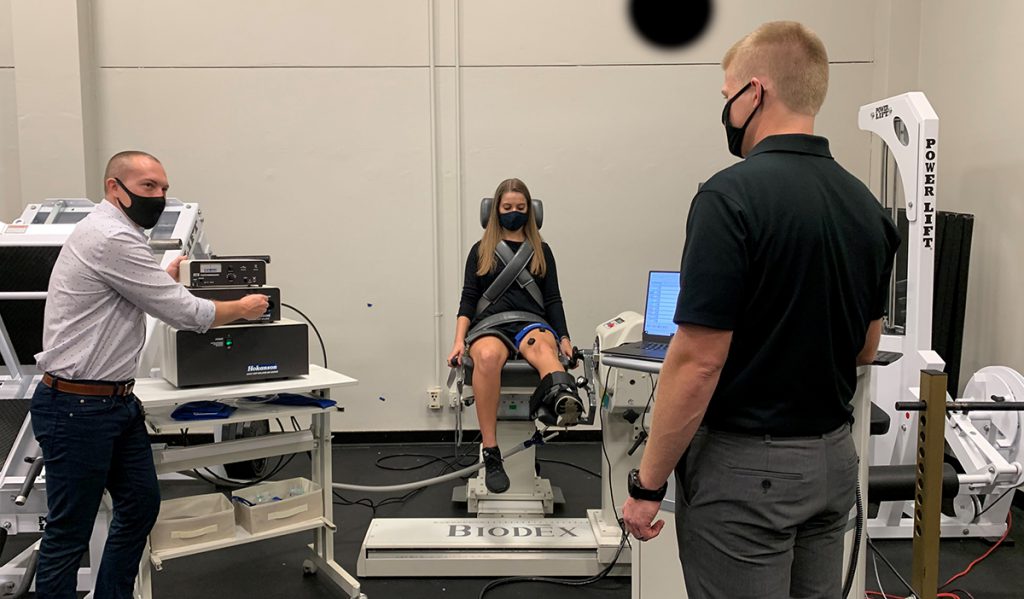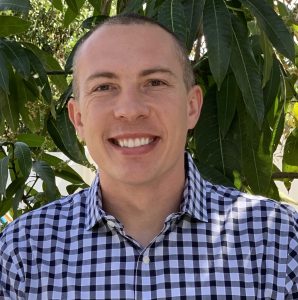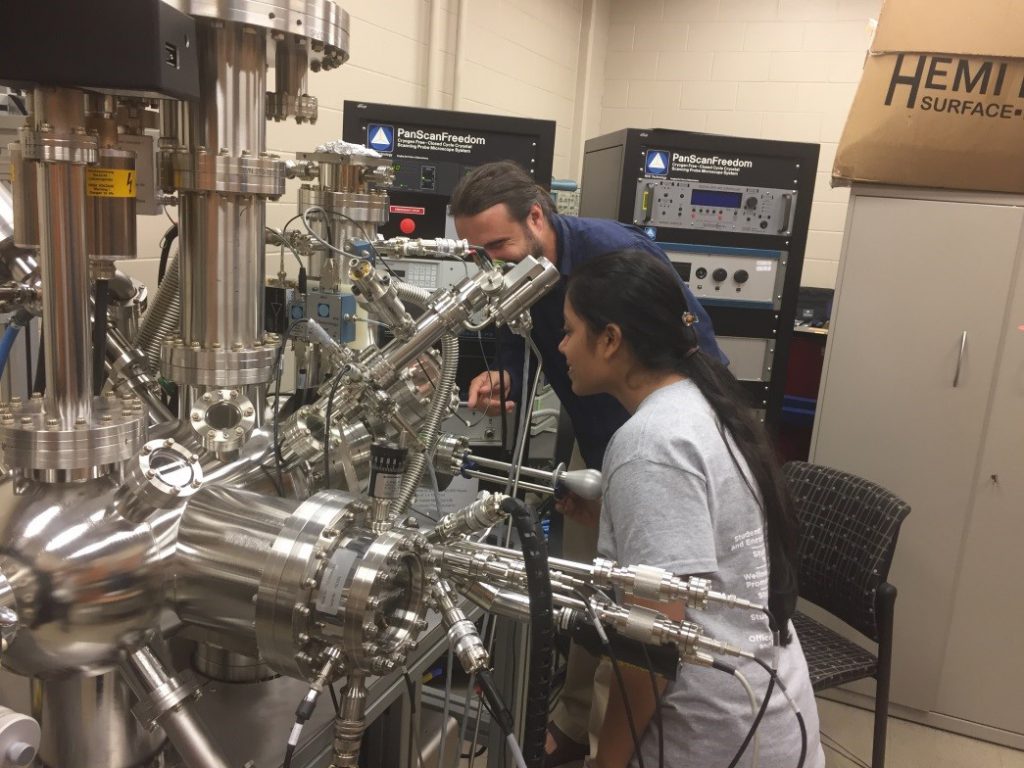BY MEGAN PABIAN

Twenty years ago, landing people on Mars seemed like sci-fi, but with commercial spacecraft launching into space almost every month and NASA’s Mars Perseverance landing on the Red Planet last week, sending astronauts to Mars and beyond is actualizing into reality.
“When the idea of astronauts actually getting to Mars became realistic, there was a regained impetus on the health aspects of spaceflight,” says Ethan Hill, a UCF assistant professor in the School of Kinesiology and Physical Therapy.
Hill is exploring how to keep astronauts healthy while in space by developing exercise countermeasures that may be used to maintain muscle strength and mass during long-duration spaceflight.
“Without the stimulus of Earth’s gravity, the body [muscles] can deteriorate quite rapidly,” he says.
With approximately one-third the gravity of Earth, going to Mars puts people at risk for loss of muscle mass, strength and endurance. Usually, these issues can be mitigated with onboard exercise programs and rehab upon the astronaut’s return to Earth. But the extended duration that will be required for travel to Mars and beyond raises concerns about long-term health impacts and the efficacy of current exercise-based approaches.
Through his secondary joint appointment with the Florida Space Institute, Hill applies his expertise to facilitate NASA’s mission and vision by providing a better understanding of muscle function.
His research investigates neuromuscular adaptations (changes in ways we activate muscle fibers) and morphological changes to the muscle (the muscle size or quality) to explain why we get stronger or weaker under various conditions. He examines different exercise interventions in his lab, such as eccentric contraction-based resistance training, low-load resistance training, and blood-flow restriction. The goal is to design exercises that mitigate muscle loss and enhance health.
Hill first started applying his research to the health of astronauts while pursuing his doctorate at the University of Nebraska-Lincoln, where he was awarded two seed grants from NASA to start his work. When he came to UCF in 2019, he connected with researchers at the Florida space institute.
“When I got connected to Dr. Esther Beltran at the Florida Space Institute, her medical background and extensive NASA-related work helped me to bridge the gap between what I was doing and how it can actually relate to astronaut health,” Hill says. “She taught me early on where my research fits into space exploration and different ways that we can apply it.”

Hill says the application of his research to astronaut health definitely garners the most attention, but that his team is applying the same concepts to other populations, such as the elderly and those who are rehabbing from injury where high load-resistance training is sometimes not feasible due to injury, pain or inexperience. He is currently focused on the neuromuscular adaptations when low-load resistance training is paired with blood flow restriction, a newer approach where preliminary studies are showing positive results. Recently, Hill and his team demonstrated that this training technique increased muscle strength and mass in previously untrained women and did not cause delayed onset muscle soreness, which may be unique to this form of training.
While the research is fun and exciting, Hill says he draws the greatest pride from seeing how his graduate students have taken their own spin on what he started.
“It’s amazing to see how my fascination of efficient and effective exercise that might be applicable to NASA has influenced these younger minds —minds that are open to new ideas and can see new avenues for the research,” Hill says.
Hill has always put his students at the center of his universe, advice he received long ago from his doctoral advisor, Professor Terry Housh of the University of Nebraska-Lincoln:
“If you put your students at the center of everything, everything around it will develop naturally and organically.”
Paola Rivera is a student of Hill’s in the exercise physiology doctoral program. She has taken what he has taught her and applied it to examining the effects of lower levels of oxygen on muscle adaptations, as well as effects on cognition.
“Since working with Dr. Hill, I’ve been able to explore my research interests and have gained the confidence to continue doing the research I love, which benefits humans in extreme environments,” says Rivera. “The experiences I have gained in the lab with him and working with individuals of different backgrounds has given me a better understanding of how our research can contribute to the bigger picture.”


